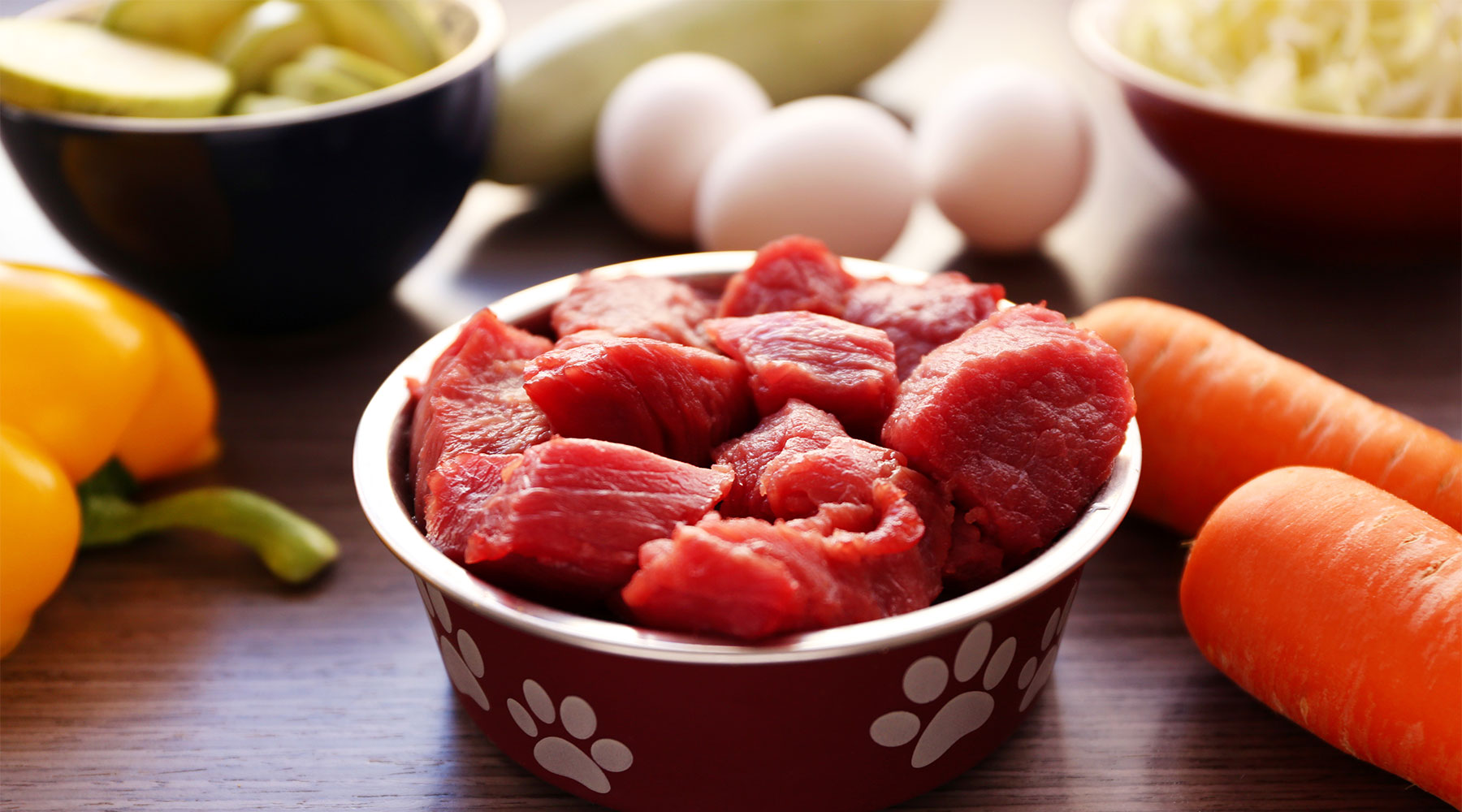With all the new diets and fads in the human world, the same is true in the canine and feline world as well. Grain Free and Raw Diets are both highly advertised and there are many different opinions on what is considered best for our pets. Dr. Robinson believes that pets should not be fed strictly raw or strictly grain free. He believes in a well-balanced commercial diet that has been formulated to provide your pet with the nutrients it needs and has been fed on a trial basis to actual animals (this is one of the AAFCO statements and is the one to look for on your food label. Go to www.aafco.org. Although an all meat diet sounds perfect for our pets, too much protein can lead to digestive issues and cannot provide the essential amino acids required by the pet for a healthy system. Recently there have been several hundred cases identified in the USA of cardiomyopathy (heart disease) that has been related to no grain diets with the theory that there is a lack of the essential amino acids that grains provide.
Raw diets pose another risk on their own. From bone pieces causing intestinal injury to the possibility of salmonella contamination these diets should be fed with caution. Your pet could get salmonella and you won’t even know it but they could be shedding it into the environment which could make other pets ill or even yourself.
The brands we recommend are ones that we know the companies have a certified veterinary nutritionist on staff and are constantly improving and actually have the facilities to do feeding trials to make sure the product they are producing actually does what it says. Brands such as Purina ProPlan, Royal Canin, Iams Eukanuba and Hills all have a high standard of quality assurance and high grade ingredients. So the next time you’re looking for a food for your pet, ask a veterinary professional for a recommendation. For more reliable information on pet diets visit www.aafco.org.
The three AAFCO statements are:
1. “___________ is formulated to meet the nutritional levels established by the AAFCO Dog (or cat) Food Nutrient Profiles for ___________.”
- The first blank must show the product name (the same name on the front of the package).
- The statement says if the product is for cats or dogs.
- The second blank says what life stage the product is for.
2. “Animal feeding tests using AAFCO procedures substantiate that ______________ provides complete and balanced nutrition for _____________.”
- The first blank must show the product name (the same name on the front of the package).
- The second blank says what life stage the product is for.
- “AAFCO procedures” are standardized feeding protocols that define how feeding trials are to be conducted and assessed.
3. “_____________ provides complete and balanced nutrition for ___________ and is comparable to a product which has been substantiated using AAFCO feeding tests”
- The first blank must show the product name (the same name on the front of the package).
- The second blank says what life stage the product is for.
- Note that this particular nutritional adequacy statement is not used often. Products justified nutritionally adequate in this way are sometimes referred to as “family products,” meaning the product is similar, but not identical, to one which has been subjected to animal feeding tests. The differences may include minor formulation changes that do not affect the products’ nutritional basis.Statements 2 and 3 are the one to look for on your bag but statement 2 is the preferred statement which shows the company performed actual feeding trials.


